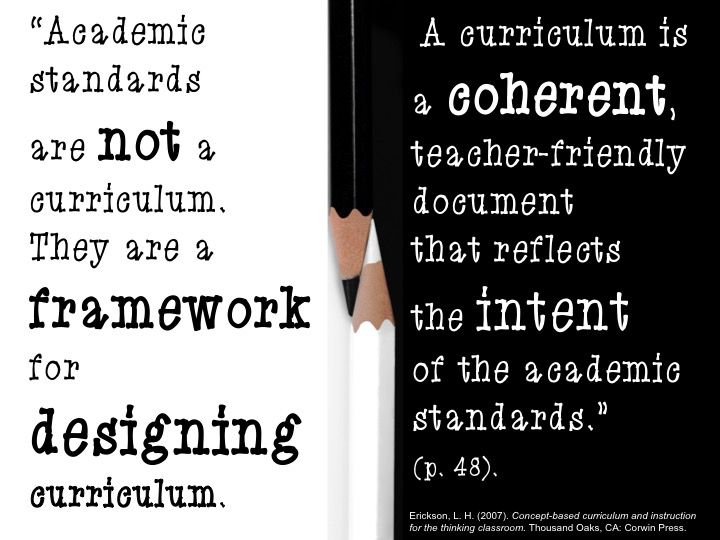Janet’s work with our district was very well received. Both veteran and new teachers greatly appreciated the opportunity to dive into our state’s mathematics standards and learn how to prioritize them for consistency across our schools. In an engaging and supportive manner, she provided worthwhile professional learning to all our teachers PK to High School.
Janet Hale's curriculum design work for The Dewey Schools has been transformative. Her expertise in creating engaging and effective educational frameworks has significantly enhanced our students' learning experiences. Her contributions have been invaluable in shaping a dynamic and robust curriculum that meets our diverse needs as an international school community.
Janet led a multi-year curriculum mapping project designed specifically for our student population. As a low-performing school with high teacher turnover, curriculum unit guides for Mathematics and ELA became essential for ensuring learning and teaching cohesiveness. Janet was instrumental in listening to our concerns and interweaving our school’s founding principles surrounding culturally responsive teaching into each unit. She guided our administrative and teacher teams through the process of developing unit guides that identify key content, skills, and anchor texts aligned to our state standards and social justice outcomes.
Many thanks go to Janet Hale, a bestselling author, educational consultant, curriculum expert, colleague, and friend. Her careful evaluation, honest critique, and helpful advice have made my book, TrustED: The Bridge to School Improvement, a more thoughtful and engaging read.
I have hired Janet multiple times as an educational consultant for our best-selling line of workbooks. Janet ensured that the content in these workbooks aligned perfectly with curriculum standards. She meticulously revised and edited lessons and activities, significantly enhancing the quality of the workbooks. Her expertise and attention to detail gave me complete confidence in the content and its impact on children's education. Janet is great to work with and I highly recommend her for your educational publication needs!
When I embarked on a bold plan of writing a series of children's books for our organization, I truly didn't know what I didn't know! Janet has been consistently beyond patient in ensuring I understand the do’s and don'ts involved in good storytelling, formatting, and editing, which has enabled us to produce age-appropriate and fun books that convey our purpose and intended message.
Making curriculum decisions related to students' learning needs is on every administrator's and teacher's mind—both addressing prioritizing standards-based learning and the need for innovation. To discuss your needs and concerns, contact Janet to schedule a free virtual meeting.

Develop guidelines for standard literacy, alignment, and resource gap analysis to
design better curriculum and assessments
Standards serve as guidelines for educators (and students involved in personalized learning) to design curriculum and assessments that represent what students need to know and be able to do, as well as develop instructional practices that support the desired learning and applications in authentic contexts.

Unfortunately, teachers are often asked to focus on standards from a compliance perspective, rather than a robust, systemic standards alignment that truly benefits all learners. It is imperative that professional learning provides opportunities to collaboratively study and interpret standards to best design scaffolded learning and instructional plans—both within and across grade levels and courses.
To ensure quality standards-based curriculum, instruction, and assessments, educators need to be:
Attaining professional fluency in how to read and interpret standards is essential for designing quality standards-based learning expectations and instructional practices. The ability to comprehend standards explicitly and inferentially involves an understanding of standards’ textual form and function. (Note: This is not the same as unwrapping or unpacking standards, which is involved in ensuring standards alignment.)
Standards alignment involves three focuses which can be focused on individually or as a standards suite: prioritizing critical standards for student success and engagement; designing systemic learning expectations and/or units of study based on collegial standards interpretation; and accurate alignment of learning and teaching to the standards (and vice versa).
This type of analysis is needed now more than ever, given the growing number of “standards-aligned” lessons, activities, and units of study available via Open Educational Resources (OER) and for-profit companies. While standards alignment may appear to be accurate, the question needs to be asked: Does the resource truly meet our teachers’ collaborative standards interpretation and alignment across and within our grade levels and courses?
Fill out the form below to contact Janet
